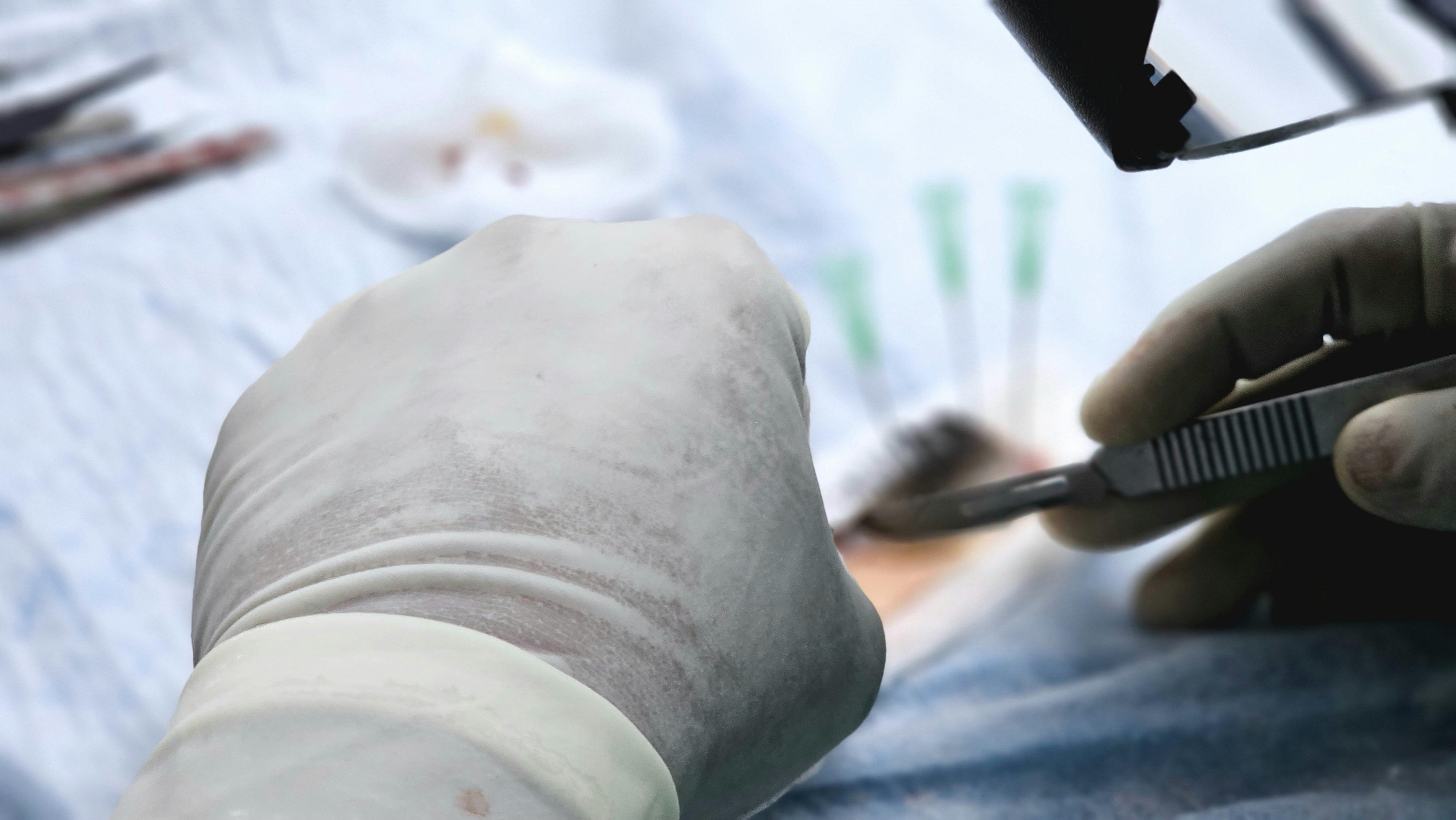Innovations in Medical Laboratory Equipment: A Comprehensive Guide
The landscape of medical laboratories is rapidly evolving, driven by technological advancements that are revolutionizing the way healthcare professionals diagnose, monitor, and treat diseases. This article delves into the cutting-edge innovations in medical laboratory equipment, providing a comprehensive guide to the latest tools and technologies that are shaping the future of healthcare.

What are the latest innovations in modern medical laboratories?
Modern medical laboratories are witnessing a surge of groundbreaking innovations that are enhancing the accuracy, speed, and efficiency of diagnostic processes. One of the most significant advancements is the integration of artificial intelligence (AI) and machine learning algorithms into laboratory equipment. These technologies are capable of analyzing vast amounts of data, identifying patterns, and making predictions with unprecedented accuracy.
Another notable innovation is the development of miniaturized lab-on-a-chip devices. These compact systems can perform multiple laboratory functions on a single integrated circuit, allowing for rapid, on-site testing with minimal sample volumes. This technology is particularly valuable in resource-limited settings or for point-of-care diagnostics.
Additionally, the emergence of next-generation sequencing (NGS) platforms has revolutionized genomic research and personalized medicine. These high-throughput systems can sequence entire genomes quickly and cost-effectively, enabling researchers to identify genetic variations associated with diseases and tailor treatments to individual patients.
How are advancements in medical lab technology improving patient care?
Advancements in medical lab technology are significantly improving patient care by providing faster, more accurate diagnoses and enabling personalized treatment strategies. One of the most impactful developments is the introduction of automated laboratory systems. These robotic platforms can handle a wide range of tasks, from sample preparation to analysis, reducing human error and increasing throughput.
Real-time PCR systems have also made substantial strides, allowing for rapid detection of infectious agents and genetic markers. This technology has been crucial in managing outbreaks and providing timely diagnoses for various conditions. Furthermore, the integration of digital pathology systems enables remote consultation and collaboration among healthcare professionals, improving access to expert opinions and reducing turnaround times for diagnoses.
Another area of advancement is in the field of liquid biopsy technologies. These non-invasive tests can detect cancer biomarkers in blood samples, potentially revolutionizing cancer screening and monitoring. By providing early detection and real-time tracking of disease progression, these innovations are helping to improve treatment outcomes and patient quality of life.
What equipment is essential for a comprehensive modern medical laboratory?
A comprehensive modern medical laboratory requires a diverse array of sophisticated equipment to perform a wide range of diagnostic tests and research activities. At the core of any advanced lab is a high-performance clinical chemistry analyzer, capable of conducting multiple biochemical tests simultaneously with high precision and speed.
Flow cytometers are another critical piece of equipment, particularly for immunology and hematology departments. These instruments can rapidly analyze and sort cells based on their physical and chemical characteristics, playing a crucial role in diagnosing blood disorders and monitoring immune system function.
Mass spectrometers have become indispensable in modern labs, offering unparalleled sensitivity and specificity for identifying and quantifying molecules. They are extensively used in toxicology, metabolomics, and proteomics research.
Advanced microscopy systems, including confocal and electron microscopes, are essential for detailed cellular and tissue analysis. These high-resolution imaging tools provide invaluable insights into cellular structures and functions, aiding in both diagnostic and research applications.
Molecular diagnostic platforms, such as PCR and NGS systems, are fundamental for genetic testing, infectious disease diagnostics, and personalized medicine applications. These technologies enable the detection and analysis of specific DNA or RNA sequences with high sensitivity and specificity.
Lastly, laboratory information management systems (LIMS) have become crucial in modern labs. These software solutions streamline workflow, manage data, and ensure regulatory compliance, contributing to overall laboratory efficiency and accuracy.
How are innovations in lab equipment improving workflow efficiency?
Innovations in lab equipment are significantly enhancing workflow efficiency through automation, integration, and improved data management. Automated sample handling systems, for instance, can process hundreds of samples per hour, reducing manual labor and minimizing the risk of human error. These systems often integrate with various analytical instruments, creating a seamless workflow from sample receipt to result reporting.
Multi-omics platforms are another innovation improving efficiency by allowing researchers to analyze multiple types of biological molecules (e.g., DNA, RNA, proteins, metabolites) in a single workflow. This integrated approach not only saves time but also provides a more comprehensive understanding of biological systems.
Advanced data analytics and visualization tools are also playing a crucial role in improving laboratory efficiency. These software solutions can quickly process and interpret large datasets, presenting results in easily understandable formats. This capability is particularly valuable in genomics and proteomics research, where the volume of data generated can be overwhelming.
What are the future trends in medical laboratory equipment?
The future of medical laboratory equipment is poised for further innovation, with several emerging trends set to transform the field. One of the most promising areas is the development of portable and point-of-care diagnostic devices. These miniaturized systems will enable rapid, on-site testing in various settings, from remote clinics to patients’ homes, potentially revolutionizing healthcare delivery.
Artificial intelligence and machine learning are expected to play an increasingly significant role in laboratory operations. These technologies will not only enhance the accuracy of diagnoses but also predict disease outcomes and suggest personalized treatment strategies based on vast amounts of clinical and genomic data.
The integration of blockchain technology in laboratory information systems is another emerging trend. This secure, decentralized approach to data management could improve the integrity and traceability of medical records while facilitating seamless sharing of information between healthcare providers.
Lastly, the convergence of various -omics technologies (genomics, proteomics, metabolomics) is likely to lead to more comprehensive and holistic approaches to understanding health and disease. This integration will drive the development of new analytical platforms capable of providing a complete picture of an individual’s biological state.
As medical laboratory technology continues to advance, it promises to unlock new possibilities in disease prevention, diagnosis, and treatment, ultimately leading to improved patient outcomes and more efficient healthcare systems.




